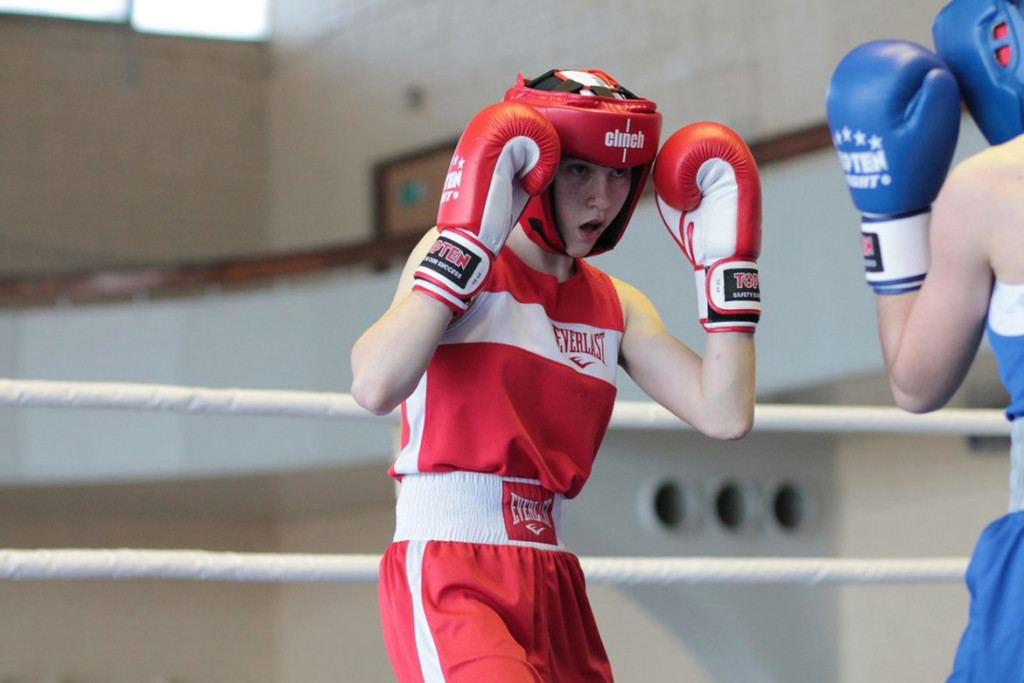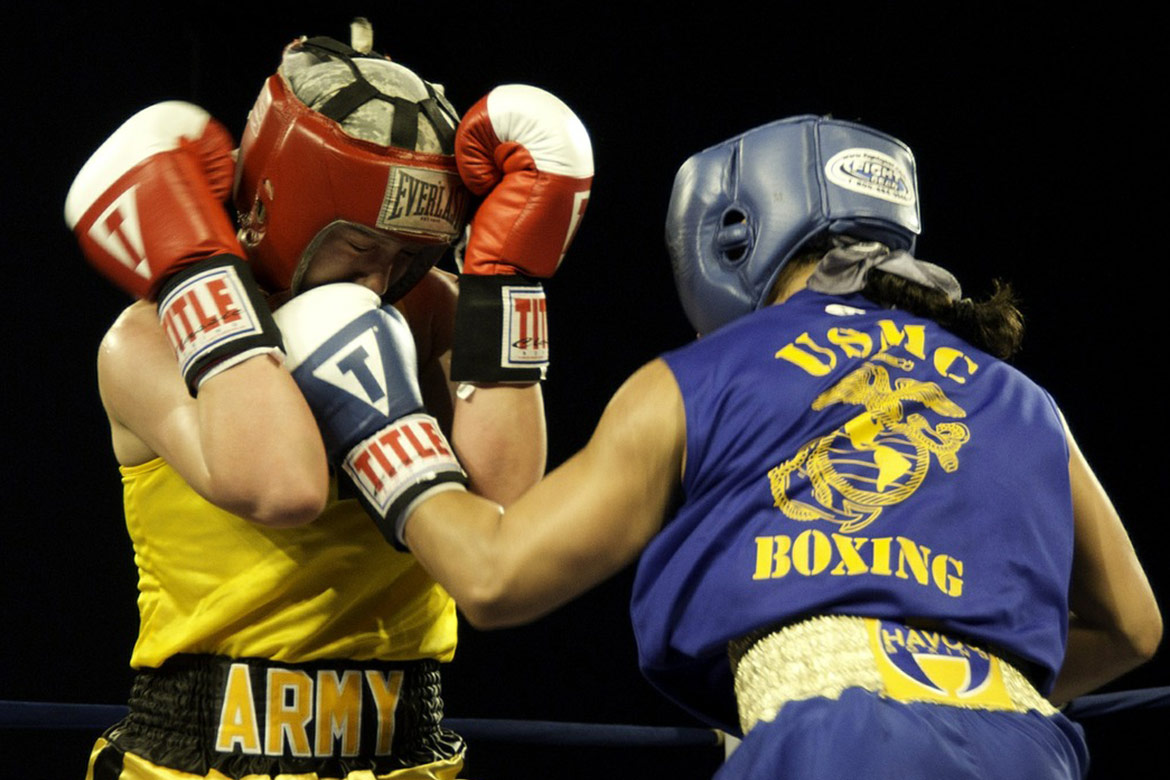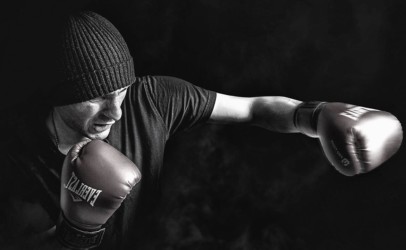It is a common belief that boxing training is not safe to practice and we understand where this comes from: you’re in the ring with an opponent whose objective is to punch you as hard as he/she can and vice-versa. So, no, boxing is not inherently safe. However, what sport can you say it is?
Mountaineers could fall off a cliff, ballet dancers could do a bad jump and hurt their legs and swimmers can suffer from inflammation to their shoulders, to name a few random sports. In the case of boxing, the difference is that it is a contact sport and, let’s face it, there is a high injury rate but there are also many ways to avoid getting injured at all.
The belief that boxing is not safe to practice and that you could get seriously injured comes from the thought of the goal of the sport being to render each other unconscious in a fight. According to the website Title Boxing, the real goal in boxing is to win. “It’s no different than any other sport and, in fact, most boxing matches are won on points, not by knockout. The truth is that fewer than 7% of all professional bouts and less than 1% of all amateur matches end by way of knockout,” they say.
“According to the ABA, the way the sport is scored also encourages less dangerous fighting. A boxer will commonly win on points, and to score a point, three of the five judges must push a button declaring a landed punch within one second of each other. The button-pushing system makes it pointless for a boxer to throw a flurry of quick punches because the judges simply won’t be able to keep up”, you can read in The Guardian.
Additionally, the way that boxing is presented in the media does not help its reputation. When someone is knocked out and you see blood splattering all over the place there is extra drama given to the sport and a generalized misperception that boxing is about “putting someone else to sleep” is created. Some countries’ medical associations (Iceland, North Korea and Norway) have banned professional boxing for the beliefs described above.
Is boxing safe?
Boxing can be dangerous, as well as any other sport can be, however, it really does not have a higher risk, compared to others. According to Title boxing, is some cases it is even safer than many non-contact sports. Despite it being depicted as brutal, primitive and deadly, it is important to gather up some facts.
Title Boxing shared some data from the National Safety Council that states that out of 37 sports reflected in the 2011 report, in terms of injuries that required hospital treatment in emergency rooms, boxing was number 26 on the list. “Among those that reported fewer injuries than boxing were racquetball, archery and billiards,” you can read on their website. And the sports with more injuries of this kind were bicycle riding, basketball, football, bowling, cheerleading and tennis.
You should also know that boxing is one of the most regulated sports there is, mainly because it is built on providing a level playing field for competitors. In matches, fighters are paired up to others who are of similar weight, age and experience.
Additionally, in matches, you probably will find more medical attention in boxing events than in other sports competitions where all they have could be just one athletic trainer to take care of some minor cuts or bruises. In boxing, you will see physicians on-site for pre-fight physical exams and present during competition.
“Aside from the doctor, there is always a referee in the ring with the two combatants, watching the action up close at all times”, Title Boxing says.
How to keep boxing training safe?
Boxing and any other sport can be dangerous if the person who practices it does not take the necessary precautions for safety. Title Boxing believes that how the coach focuses on boxing training is one of the most important elements to consider for safety. A good coach will focus on developing proper technique and he or she will teach his/her student how to defend him or herself.
“Boxing is not about brute strength. It is not about the destruction of another human being or demoralizing another athlete. It is about practicing and employing the art of self-defense,” the aforementioned website says, and to that, we add the following tips for safety in boxing you need to consider since day one. Also, do not forget to read 10 tips to prevent a boxing training injury.
Wear protective gear
The best way to prevent getting injured in boxing is by wearing the appropriate protective gear. In amateur boxing, unlike in professional boxing, you are required to wear padded protective headgear at all times. In addition, you need to use a mouth guard since the face is one of the areas of the body that can be targeted the most. You do not want fractured teeth or cuts in your face, right?
Wrist wraps are also very important for safety since the hands and wrists receive the most impact during training. By using a proper wrist-wrapping technique you will avoid hurting your wrists or experiencing pain.
Gloves are also very important. Professionals use 6-ounce gloves in categories up to lightweight and 8-ounce gloves above that weight but amateurs use 10-ounce gloves. The bigger the gloves, the less hard you are able to punch, and the safer everything is.
Groin guards protect the groin area from injuries that can be caused by low punches. For women, there are also chest protectors available. “Loosely fitted boxing shorts are an essential uniform for a boxer in a ring, These help make quick movements easier and determines whether you win or lose a fight. According to your preferences, you can have the trunks high to decrease the amount of torso your opponent can hit since hitting below the waistband is illegal in boxing,” Health Safety explains.
Use petroleum jelly
Petroleum jelly or vaseline is an unconventional way to prevent injuries in boxing. If applied to the face, blows can be lessened often since the skin will be more slippery than usual. If a boxer punches you to the face and you are wearing vaseline, the punch will be able to slide off upon making contact instead of hitting you straight on.
Vaseline is also often applied to cuts, after they have been cleaned, to stop them from bleeding during a match.
Apply moisturizer
Nose bleeds sometimes occur because the nose is too dry, so by applying moisturizer, you will ensure that the skin inside the nasal cavities is not brittle and less prone to cuts that can lead to bleedings.
Is boxing safe for children?
Even if the American Academy of Pediatrics recommends that doctors “vigorously oppose” young kinds practice boxing because of the risk of head injuries, there are many benefits they can experience by this sport and discipline if they start at an early age.
“Trainers and boxing supporters say it teaches young people discipline and work ethic better than any other sport. Many kids in urban areas join boxing gyms to learn how to defend themselves, and end up getting in fewer fights in school and on the street, they say,” you can read in Health.com.

Many kids that like to get into fights at their school benefit from boxing in different ways. First, they stop wanting to fight others because they are using their training to relieve stress, anger and anxiety and secondly, they may turn out to be perfect for the sport.
You should also learn that youth boxers do not spend time in the ring. Their training consists mostly of conditioning, stretching and working with the punching bags, not sparring. If they injure themselves it is more likely something related to knuckle bruises or fractures from punching the bag, but not a head injury.
It is also known that boxing, or any sport, keeps children and teens off the streets where they may get into trouble in many ways. In boxing training, they will not only learn new skills but also about hard work, living in a healthy way, confidence, motivation and self-discipline.
Kids who box are required to wear headgear, which covers most of their head and face and reduces the risk of cuts and other serious injuries. Also, as we mentioned above, they do not spar, the coaches decide when they are ready to do so, as much as they may beg. When they are given the green light they usually spar for 2 or 3 minutes or until the coach decides they are tired and the idea is not to throw hard punches but to learn new boxing styles and techniques.
Finally, boxing can help fight childhood obesity, which is something that affects about 13.7 million kids and teens in the United States, according to data from the Centers for Disease Control and Prevention. Since boxing is a beneficial form of exercise where you can incorporate circuits, drills and also combine with other disciplines, such as running, children learn how beneficial it is to work out and the importance of leading a healthy lifestyle.
“Steven, who won the Ringside international boxing tournament in his age group in Kansas City in 2010, says that boxing helps him stay in shape, staves off boredom, and keeps him out of fights at school. ‘Whenever trouble comes to find me, I [learned] to control myself,’ he says”, you can read in Health.com.
Dr. Mike Loosemore, a consultant at the Institute of Sport, Exercise and Health at the University College London, was interviewed by BBC and says that amateur boxing is so closely regulated that “the risk of actual head injury is tiny”. He also said that “In fact, there have been papers that show older children did better in life than their contemporaries if they’ve been involved in boxing. Not because of the fighting itself but because they were fitter, probably better disciplined.”
We want to hear from you, what do you think about boxing? Is it safe or not? Would you let your children practice boxing or do you believe it is dangerous for them? Tell us in the comments!





